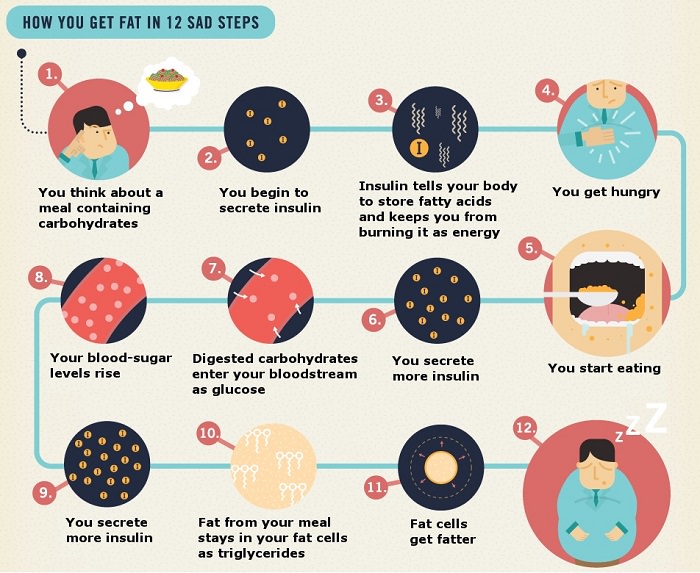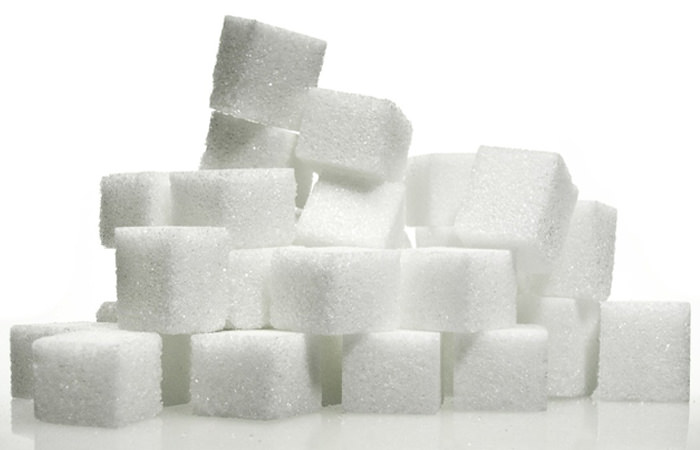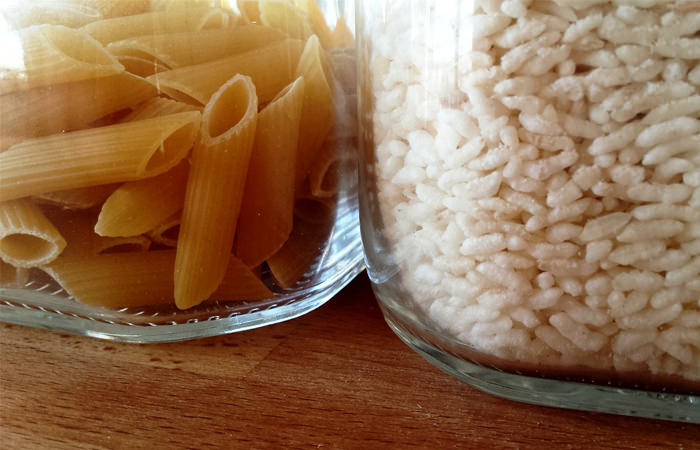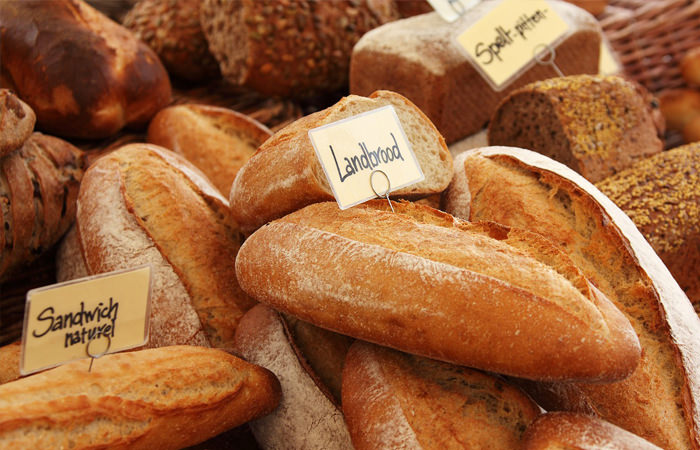How Carbs, Not Fat, are Making You Fatter
Any person who is trying to change their
life by dieting knows that one of the first steps is to “cut down on
carbs”, but what are “carbs”? Carbohydrates are sugars that turn into
fats, making us fatter, right?
Well, there’s more to carbs than just that.
You may have heard the term “complex carbohydrates” and “simple
carbohydrates”, so you know that there’s more than one type, and each
has a different composition with different effects on the body.
There are even carbs that contain nutritional fibers, which help you
lose weight. Despite their bad reputation, if you just get to know what
each carb does and which foods contain each type, you’ll be able to keep
your figure without giving up on carbs.


Avoid – Simple Carbohydrates
All carbohydrates are sugars, but simple carbohydrates are made of
simple sugars. The problem with simple sugar is how quickly we process
it: after eating it, we’ll feel sated for merely 20 minutes, after which
we’re left with high insulin levels in our blood, making us want more
sugar. If you want to avoid these types of simple carbs, simply look at
the ingredients list of the food you buy.
Unless the sugar is obviously on the surface of your food, it’s hard to
tell if it was added or not. If you can’t find it in the product’s name,
look for it in the ingredients. You may notice terms like sucrose,
fructose (fruit sugars), or lactose (dairy sugars). As a rule, if it
ends with an “ose” – it’s a simple carbohydrate, and you should avoid
it.

Be Cautious – Starchy Complex Carbohydrates
Complex carbohydrates are called that because they’re comprised of
several simple carbohydrates. On the surface, you may think that’s even
worse, but they’re actually better at long-term energy and feeling full
because they release the energy over a prolonged period.
Foods that contain complex carbohydrates:
Starchy vegetables such as peas, corn, lima beans, potatoes, etc.
Beans, lentils
Grains such as oats, barley and rice (including pasta, bread,
crackers, etc.)
The grain group can be split into processed and whole:
Bran – the outer part of the grain, which provides the most dietary
fibers, Vitamin B, and minerals.
Germ – the next layer, which contains Vitamin E and fatty acids.
Endosperm – the soft center of the grain, comprised mainly of
starch.
When you hear about “Whole Grains”, it usually means unprocessed grains
that contain all three layers. By eating only processed grains you miss
out on the health benefits of the bran and germ.

Recommended – Fiber-Rich Complex
Carbohydrates
Dietary fibers come exclusively from plants, so you can’t get them from
dairy, eggs, meat, fish, etc. Fibers are the part of the plant our
bodies cannot digest and are quite common in fruits, vegetables, nuts,
whole grain, and legumes.
It is recommended that adults consume 25-30 grams of fiber per day, yet
most of us only get half of that. Fibers help in the digestion process,
expelling toxins from the body, and also in providing a prolonged
feeling of satiety.
You can find fiber-rich carbs in:
Legumes
Whole rice
Whole wheat pasta
Whole grains – look for ones that contain 3gr fibers per serving.
Whole grain bread – look for bread made of whole grain such as whole
wheat or oats.
In general, a good source of fiber will contain 2.5-4.9gr of fiber per
serving, and the best sources will contain 5rg or more. It is important
to hydrate often when consuming fiber-rich foods, as they absorb liquids
and may lead to dehydration.


Glycemic Index – Is it Relevant?
The glycemic index is a system that ranks carbs according to their
effect on blood sugar levels. The higher the glycemic value, the faster
it affects the glucose levels in your blood, and it is recommended to
avoid high-glycemic foods. Complex fiber-containing carbs, as well as
whole grains, have the lowest glycemic levels (on average), making them
the most recommended kind to consume.